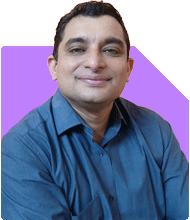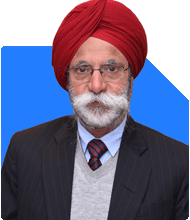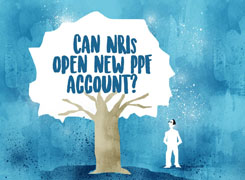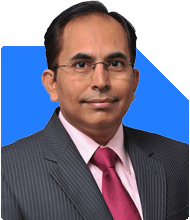Ramalingam Kalirajan |10902 Answers |Ask -Follow
Mutual Funds, Financial Planning Expert - Answered on May 15, 2024
He has an MBA in finance from the University of Madras and is a certified financial planner.
He is the director and chief financial planner at Holistic Investment, a Chennai-based firm that offers financial planning and wealth management advice.... more

Sir I am 25 years old. I started investing at 23yrs of age and I have more than 4lakhs investment. 2lakhs in stocks and remaining is divided in small cap, mid cap, flexicap and infrastructure. Monthly I have sip of 6000. I have a dream of making a house for my family within 5years which will cost near about 2crore according to inflation rate. Please suggest me some investment plan. Thank you
5-Year Goal vs. Investment Strategy
A 2 crore house in 5 years is an ambitious target. Investment markets are great for long-term growth, but short-term goals require a different approach.
Focus on Saving & Security
Here's what I recommend for the next 5 years:
Prioritize Saving: Increase your monthly savings to reach your down payment target.
Lower Risk Investments: Invest in safer options like debt funds or fixed deposits.
Debt Funds for Stability
Debt funds invest in bonds and government securities, offering lower risk and predictable returns. This stability is key for your short-term goal.
Review and Reassess
After 5 years, you can revisit your investment strategy. With a down payment secured, you can explore options for financing the remaining home cost.
A CFP Can Help Navigate
A Certified Financial Planner (CFP) professional can create a personalized plan for you. They can help with:
Savings Strategy: Develop a plan to reach your down payment goal.
Investment Mix: Choose low-risk investments for the next 5 years.
Future Home Financing: Guide you on exploring loan options after 5 years.
Remember:
This is a general roadmap. A CFP can tailor a plan considering your income, risk tolerance, and existing investments.
Best Regards,
K. Ramalingam, MBA, CFP,
Chief Financial Planner,
www.holisticinvestment.in
You may like to see similar questions and answers below
Ramalingam Kalirajan |10902 Answers |Ask -Follow
Mutual Funds, Financial Planning Expert - Answered on May 05, 2024
Ramalingam Kalirajan |10902 Answers |Ask -Follow
Mutual Funds, Financial Planning Expert - Answered on Jul 10, 2024
Ramalingam Kalirajan |10902 Answers |Ask -Follow
Mutual Funds, Financial Planning Expert - Answered on Jul 17, 2024
Ramalingam Kalirajan |10902 Answers |Ask -Follow
Mutual Funds, Financial Planning Expert - Answered on Jun 21, 2024
Ramalingam Kalirajan |10902 Answers |Ask -Follow
Mutual Funds, Financial Planning Expert - Answered on Sep 11, 2025
Anu Krishna |1749 Answers |Ask -Follow
Relationships Expert, Mind Coach - Answered on Dec 17, 2025
Anu Krishna |1749 Answers |Ask -Follow
Relationships Expert, Mind Coach - Answered on Dec 17, 2025
Radheshyam Zanwar |6748 Answers |Ask -Follow
MHT-CET, IIT-JEE, NEET-UG Expert - Answered on Dec 17, 2025
Anu Krishna |1749 Answers |Ask -Follow
Relationships Expert, Mind Coach - Answered on Dec 17, 2025
Dr Shakeeb Ahmed Khan |184 Answers |Ask -Follow
Physiotherapist - Answered on Dec 17, 2025
T S Khurana |538 Answers |Ask -Follow
Tax Expert - Answered on Dec 17, 2025
T S Khurana |538 Answers |Ask -Follow
Tax Expert - Answered on Dec 17, 2025
Janak Patel |72 Answers |Ask -Follow
MF, PF Expert - Answered on Dec 17, 2025
Ramalingam Kalirajan |10902 Answers |Ask -Follow
Mutual Funds, Financial Planning Expert - Answered on Dec 17, 2025
Samraat Jadhav |2511 Answers |Ask -Follow
Stock Market Expert - Answered on Dec 17, 2025



























